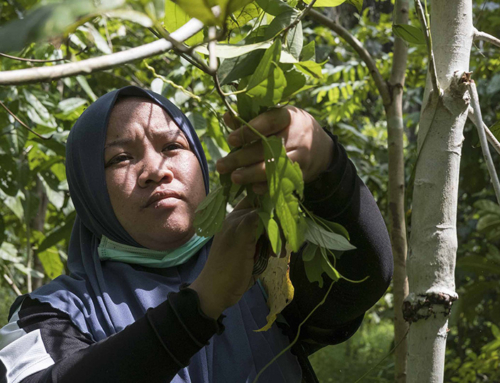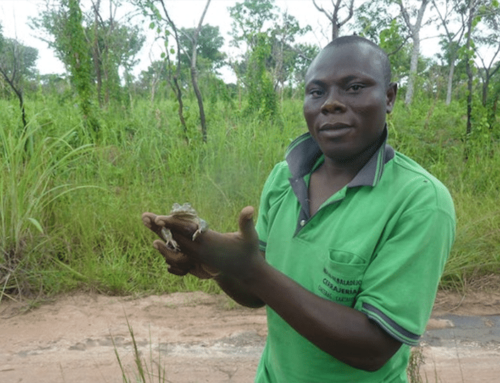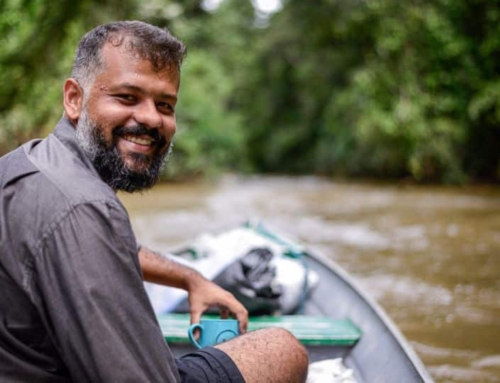In the United Nations biodiversity agreement, freshwater ecosystems were finally included as ‘inland waters’ in the commitment to safeguard and restore at least 30 per cent of the world’s lands, inland waters, coastal areas and oceans by 2030.
So, what is the freshwater biodiversity crisis, and why should we be concerned for people and wildlife?
Salmon leaping up waterfalls, dragonflies hovering over ponds, hobbies swooping down after them while herons stand like statues at the water’s edge, tadpoles dropping into rivers from spawn laid on overhanging leaves, shrimp buckets being hauled into boats and otter cubs making mischief underneath a bridge… the potential for thriving wildlife in our inland waters is endless.
And yet, despite most towns and cities being built on rivers, and the importance of clean freshwater in our lives, the importance of inland waters is constantly overlooked, and the natural world has been frequently labelled ‘land or sea’.
But ‘inland waters’ includes freshwater springs, streams, rivers, lakes, ponds, wetlands, and swamps; working together to protect them is of urgent importance.
According to the Living Planet Index, freshwater wildlife has been hit the hardest by the biodiversity crisis, with species of freshwater mammals, birds, amphibians, reptiles, and fish declining by an average of 83 per cent between 1970 and 2018.
In addition to the inherent value of life and our responsibility to curb the impact our activities are having on the natural world, there are many ways in which freshwater biodiversity supports us and enriches our lives, from food and climate to recreation and culture.
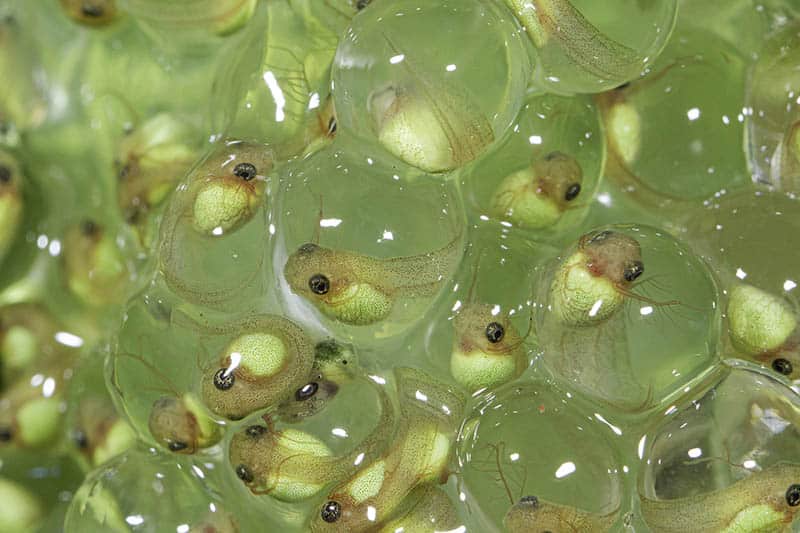
Most amphibians have at least one life stage which is dependent on a healthy freshwater habitat. © iStock
One of the world’s most important rivers: the Mekong
90 per cent of people live within 10km of a freshwater ecosystem and 90 per cent of fisheries in inland waters supply food for human consumption, a yield of over 10 million tonnes of fish and crustaceans.
Focusing in on what this means on the ground, let’s look at the Mekong River in Southeast Asia, the largest fishery of inland waters in the world. The Mekong River trickles down from the Himalayan Plateau in China, and flows through Myanmar, Lao PDR, Thailand, Cambodia, and Vietnam before it reaches its mouth in the Mekong Delta, releasing into the South China Sea.
This transboundary river supports 60-65 million people and provides around 25 per cent of the global freshwater fish catch and is second only to the Amazon for diversity of freshwater species.
However, most of the species that are important for this fishery are migratory, and consequently the construction of large hydropower dams present a colossal threat to biodiversity and food security.
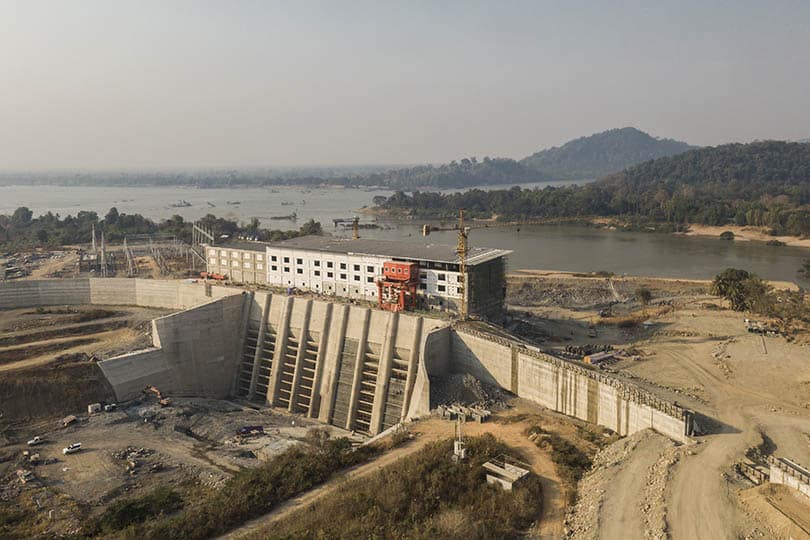
The Don Sahong Dam is one of the hydroelectric dams on the Mekong River. It is a run-of-the-river dam (no reservoir) in the Siphandone area of Champasak Province, Lao PDR. © iStock
China has already constructed 11 hydropower dams along the mainstream in the Upper Mekong Basin and another 11 are being planned or constructed. The numbers don’t quite add up. According to a study by the Mekong River Commission, the hydropower development plans could see profits of more than USD 160 billion by 2040… but the decline of fisheries could cost nearly USD 23 billion and the loss of forests, wetlands, and mangroves up to USD 145 billion.
But there has been some progress against the expansion of hydropower, thanks to communities and organisations campaigning for free-flowing rivers. In 2020, the Director General of Energy at Cambodia’s Ministry of Mines and Energy confirmed that Cambodia would not be building any more hydropower dams on the Mekong mainstream in the following decade. In Europe, there was a 137 per cent increase in dam removal between 2020 and 2021.
A paradise for shrimps: the Malili lakes
But inland waters are more than the sum of their fishery catches: every single habitat has a worth beyond numbers in dollars.
For example, Indonesia’s Malili lakes are one of the most biodiverse freshwater ecosystems on earth. They’re also some of the most ancient: scientists estimate they may be more than one million years old.
Because these ecosystems are so ancient, the species who call them home have evolved in isolation from the wider world. In fact, 99 per cent of native species in the Malili lakes are found nowhere else on earth.
Along with fish, crabs, and snails, the Malili lakes are famous for their colourful Sulawesi shrimps. Their beauty has made them popular pets—but their native environment is under increased threat from mining, invasive species, and the aquarium trade.
However, Yayasan Bumi Sawerigading is working to combat these threats by encouraging sustainable development in the region. A Synchronicity Earth partner since 2019, their work includes studying the lakes’ biodiversity, fishing down invasive species in the lakes, and increasing public awareness that – if conserved – the lakes could become new tourist destinations.
New species: discovering underwater secrets
But what of the species we have only just discovered? Should they be worth any less to conservation with little or no understood impact on human culture? Of course not. Every species has intrinsic value and the right to thrive in their environment, and by protecting our inland waters, we are safeguarding species we do not even know about yet.
There were 201 species of freshwater fish described in 2022. When we are still learning so much about the richness of life in inland waters, how can we imagine what will happen to our world if the drastic declines of freshwater wildlife continue?
Our partner SHOAL has just released the second edition of its annual New Species report featuring a selection of beautiful and fascinating fish which have so far been overlooked by science.
The highlights this year include a remarkable killifish which can leap out of the water when threatened and remain safely hidden on a leaf until the danger has passed; a collection of vampire catfishes named after the bloodsucking demons they emulate; and a fish that was discovered when it fell out of a shower!
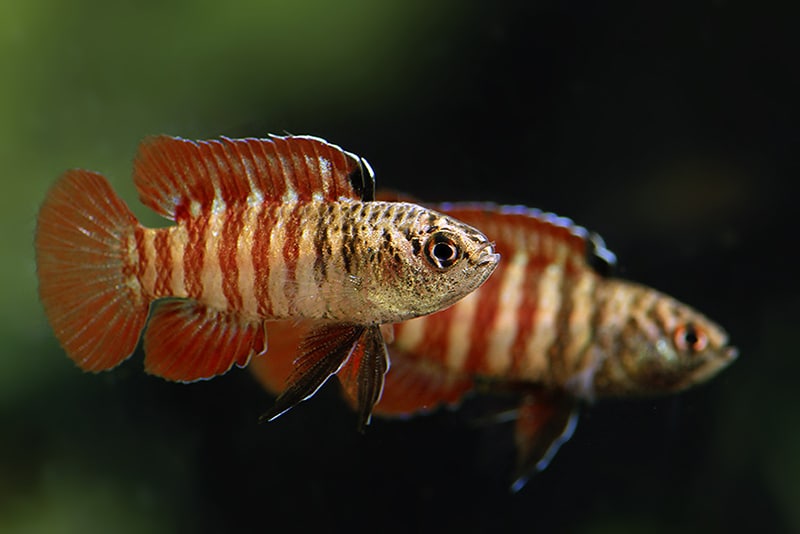
The brilliant red, cream, and black colouring of male black tiger dario (particularly males) makes them a memorable addition to the New Species report. Image © Frank Schäfer
One of the new species, the handsome black tiger Dario, has been a popular aquarium fish for over ten years, but was only recently discovered to be a new species, not a colour variant of another species. Indeed, the beauty and personality of freshwater fish has made them extremely popular pets, with millions of fishkeepers worldwide.
The bad news: neglected freshwater ecosystems
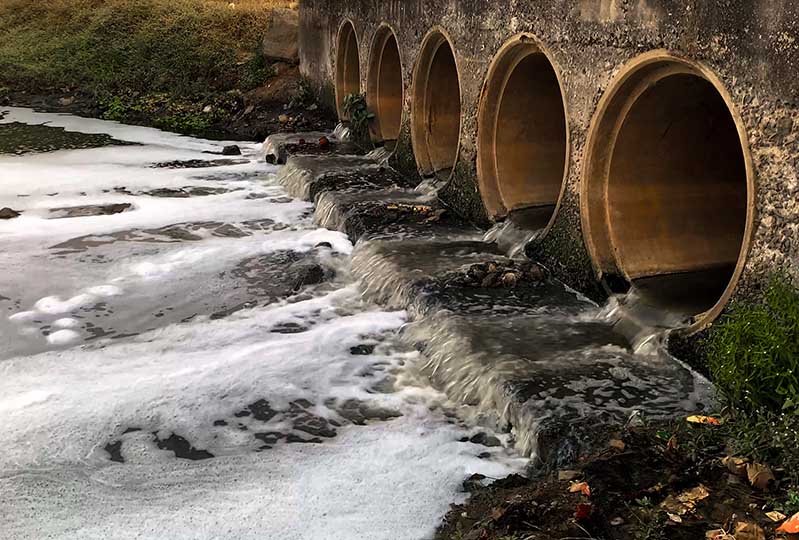
The United Kingdom has a huge freshwater pollution problem; sewage spills by water firms have risen 29-fold over the past five years. © iStock
There are myriad reasons why it makes sense to ensure that the network of rivers, wetlands, lakes, ponds, streams, and swamps that make up our inland waters are healthy and thriving; but the current reality is one of neglect in favour of human interests.
The key drivers behind the destruction of freshwater biodiversity are habitat degradation, pollution, over-exploitation, invasive species, sand mining, and dam construction.
Global wetlands are being lost three times faster than rainforests. Only one third of the world’s 242 longest rivers remain free-flowing. Almost one in three freshwater species are threatened with extinction, and the biggest creatures such as giant catfish, river dolphins, otters, beavers, and hippos, are particularly at risk.
The good news: freshwater’s superpower
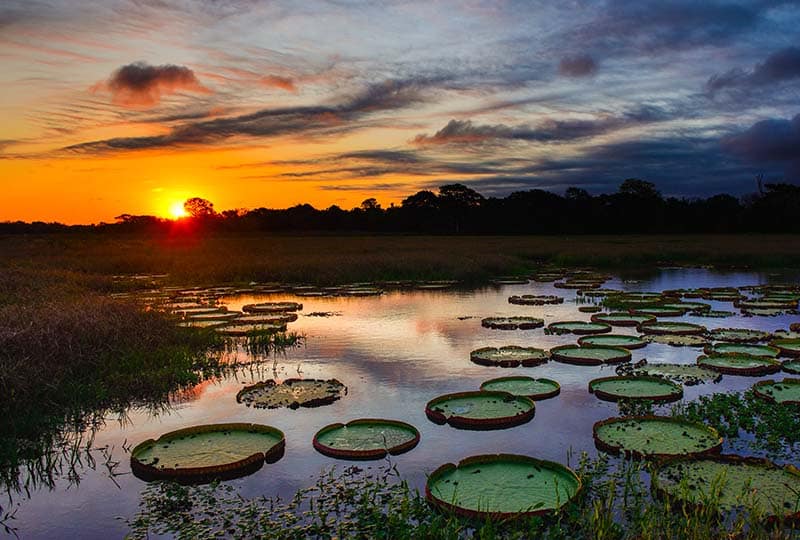
If action is taken, freshwater ecosystems have a remarkable ability to recover. © iStock
However, life in our inland waters can bounce back if we invest in its recovery.
At Synchronicity Earth, we are lucky enough to regularly hear extraordinary stories from our partners on the ground of how freshwater species can return from the brink of extinction.
For example, our partner Living River Association works with communities on the Ing River in northern Thailand (a tributary of the Mekong) to set up Fish Conservation Zones, areas where the community agrees either not to fish at all, or only to fish on a specific day of the year.
The idea of the zone is that it acts as a nursery for this section of the river, allowing fish to breed and for populations to grow with spillover benefits for areas outside the zone where fishing activity is still permitted.
In one zone, this practice has led to increases in the population of 17 freshwater species and the return of nine other species in only five years. In 2022, Living River Association expanded their community-managed Fish Conservation Zone model to Otter and Turtle Conservation Zones… we’re excited to see the impact these will have!
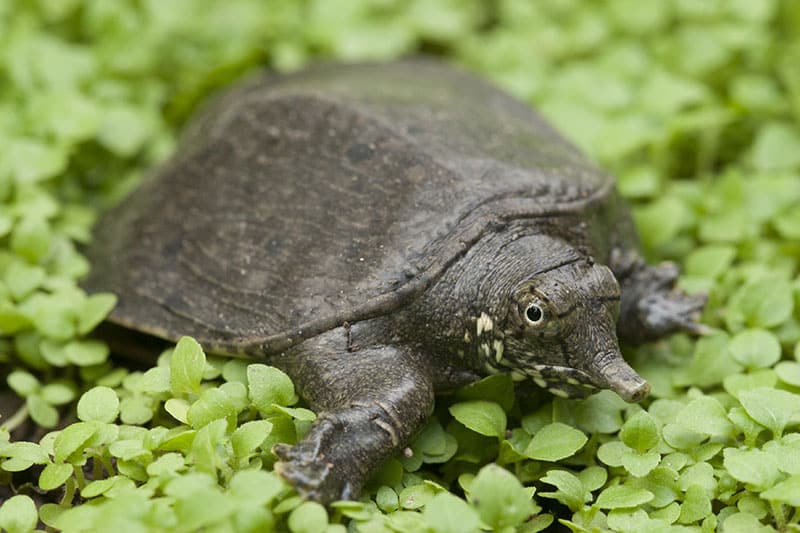
One of the Fish Conservation Zones on the Lao River (a tributary of the Ing) has led to increased sightings of the Asiatic softshell turtle (pictured), as well as the Siamese giant carp and mrigal carp. The success of this zone led to the Living Rivers Association expanding it by 300 metres. © iStock
This is just one example, but we could also tell you about how two of our partners have literally brought two of the world’s rarest species back from the brink of extinction. The world’s rarest crocodile, the Philippine crocodile, was teetering on the edge of existence with only 12 known individuals remaining in the wild, but thanks to our partner, the Mabuwaya Foundation, that number is nearly 100 today. Similarly, Durrell Wildlife Conservation Trust have increased the wild population of the world’s rarest duck, the Madagascar pochard, from around 20 in 2006 to 70 today.
Those are just the population numbers. Each of these projects also has many knock-on benefits on the ecosystems these precious, Critically Endangered species live within, and for the local communities living alongside them.
There are many more extraordinary conservation projects like these in our Freshwater Programme where individuals and communities are working together to safeguard their inland waters and the wildlife that depends on them. But the conservation of inland waters needs more awareness, more funding, and more action, to bend the curve on biodiversity loss and see the recovery we need for a healthy and flourishing future for freshwater.



